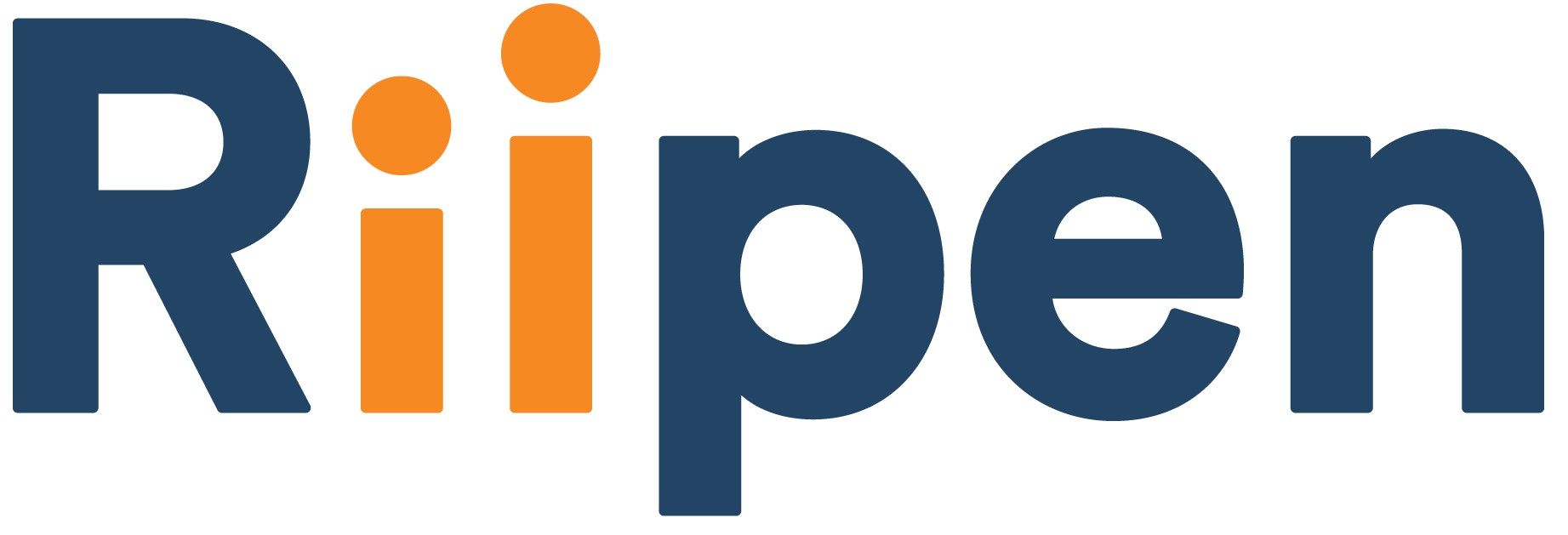Riipen: Integrating Education with Work
A winner of BC Business Top 30 Under 30, Dana Stephenson’s entrepreneurial journey started when he set a goal to graduate from the University of Victoria without student debt or parental support. While attending university full time, he worked as an outside sales representative for a slew of B2B/B2C sales & marketing and HR providers. Recognized for his performance, he was quickly promoted to management positions that gave him insight into growing organizations. He combined his interests in social entrepreneurship, education technology and talent development to set himself on a path to bridge the education and recruitment systems so that future generations could more easily transition to successful career paths while companies easily find the talent and resources they need to fuel their future growth and success. Joining forces with a few of his peers at graduation, he launched Riipen, an online educational technology platform that facilitates schools and employers to collaborate on providing meaningful project-based experiential learning at scale. In an interview, he speaks on an array of topics. Excerpts:
Conception of Riipen
As a student, Dana was well aware of the ‘experience paradox’ post-secondary students often face, where you can’t get a job without work experience, but you can’t get experience without a job. This results in bright students graduating with ambitious career goals but unable to land a meaningful job in the industry they want. Traditional routes such as internships and co-ops however, come with barriers to access such as months-long time commitments, geographical limitations, and hiring biases. Says Dana, “Our solution was the Riipen marketplace, where we are able to match thousands of educators and employers on our platform to develop remote work-based learning experiences for students that are embedded into coursework and can be completed within 80 hours.” By completing a Riipen project, students will have gained industry experience that they can add to their resumes, as well as valuable connections with potential employers, he observes.
The Strategy to Stay on Top
“We are always innovating to meet the needs of our partners and users. When the pandemic first hit, Riipen was uniquely positioned to provide a remote alternative to traditional in-person internships, which were all but eliminated in early 2020.” Adds this technology enthusiast that they leveraged their robust marketplace of 410+ post-secondary schools and 19,000+ employers and launched the remote internship feature so students and employers can continue to connect. “We also supported the rapid digital transformation of courses and internship programs at numerous partner schools as campuses were shut down. As catalysts in the work-based learning ecosystem, Riipen and our peers must take a leading role in fostering sustainable connections between industry and academia partners to help bridge the skills gap for the future workforce.”
Dana stresses the need for ed-tech companies to measure their impact on retention, persistence, completion, and socioeconomic and employment outcomes through a diversity, equity and inclusion (DEI) lens to demonstrate the ROI to institutional and individual learner impact.
The Technology Behind
As a two-sided marketplace, Riipen helps employers turn business projects into work-based learning opportunities and work with educators to adapt their courses for curriculum-embedded business projects as coursework for their students. “As the world’s largest project-based learning marketplace, we also have a large template library for our partners to gain insights and inspiration from. Employers and educators can receive match suggestions and browse a live catalog of active courses and projects. Once matched, the entire project can be tracked and executed with our project management and communication tools.”
As an edTech provider, the company is passionate about learning, and especially about making it accessible for students of all backgrounds. As a product-led company, innovation and collaboration are also pivotal areas the company focuses on.
Community Learning
“Micro-credentials and competency-based learning have both been hot topics in recent years, but I am really looking forward to delving deeper into community learning solutions”. Community learning is a form of experiential learning where educators connect what is being taught in the classroom with surrounding communities to bring context to knowledge. Through this model, students gain a better understanding of how to apply their problem-solving skills to real world challenges that can have an impact on their daily lives. Both students and communities benefit from this mutual exchange of knowledge and resources.
Leadership Traits
“I believe in perseverance and adaptability as key leadership and organizational traits for success, especially in the face of disruption and change. I like to work with our academic partners to envision a future of higher education five years from now where they each have their own very active and robust project-based learning ecosystems.”
The Success Mantras
Noting that learning is a lifelong process, Dana says that jobs that would be created five years from now, will need skills and training that do not yet exist. “We are hoping that, with Riipen, we can help educators and employers close that gap through collaboration and communication of labor needs and curriculum offerings within the work-based learning ecosystem.”
The Road Ahead
Being true to its tagline ‘Small Experiences, Big Impact’, Riipen has delivered over 120,000 student experiences to date, with 90% of students who completed projects through the platform sharing that they feel more prepared for the workforce. “I am excited to continue working with our partners and supporters to bring our scalable work-based learning solutions to even more students around the world and achieve our next ambitious goal of 1,000,000 learner experiences by 2025” signs off Dana.

Company: Riipen
Website: www.riipen.com
Management: Dana Stephenson, CEO
Founded Year: 2013
Headquarters: Vancouver, British Columbia
Description: Riipen is an experiential learning platform that helps schools connect their students to industry & enables companies to pick top talent.




